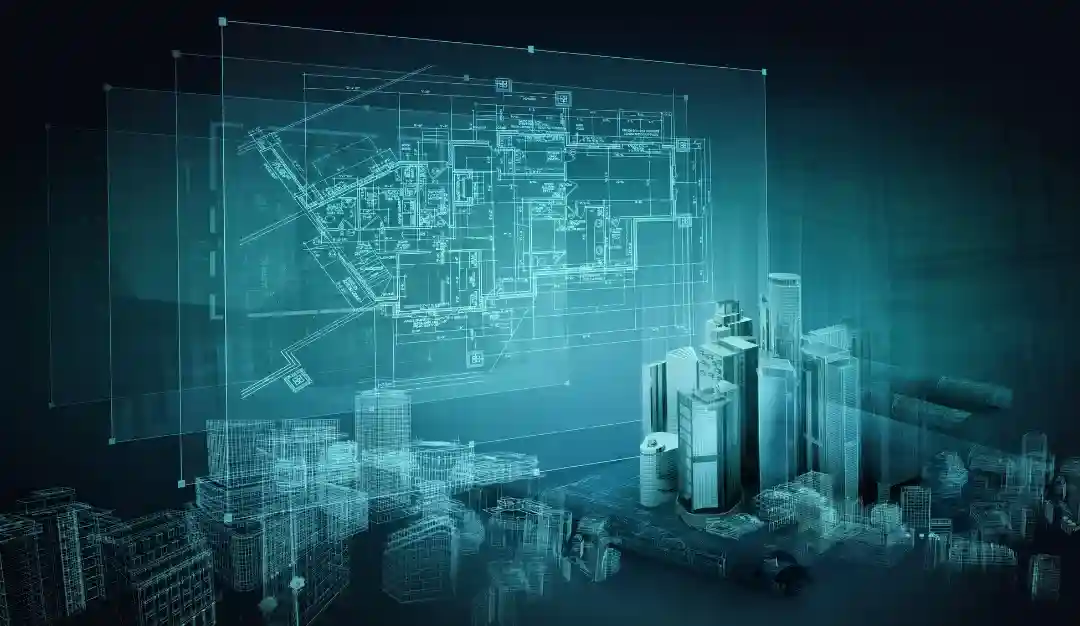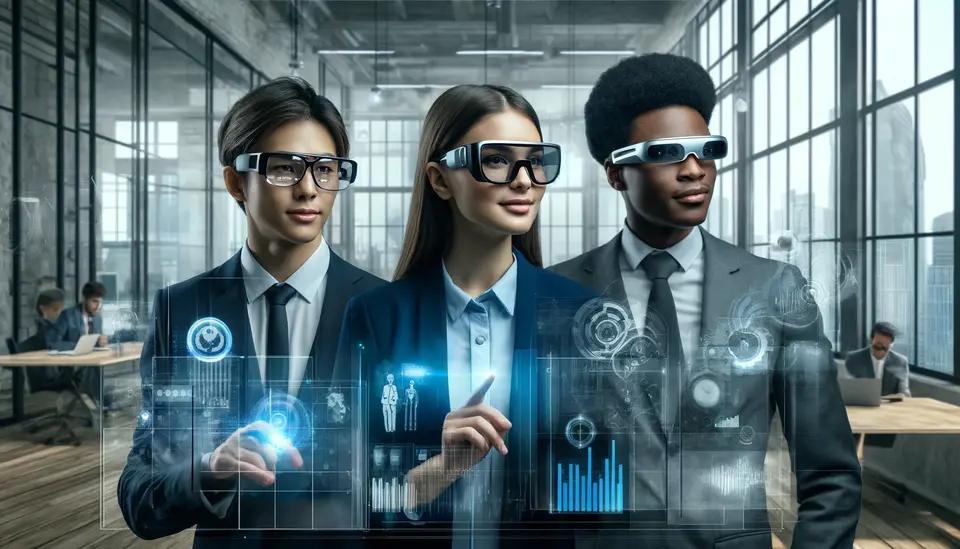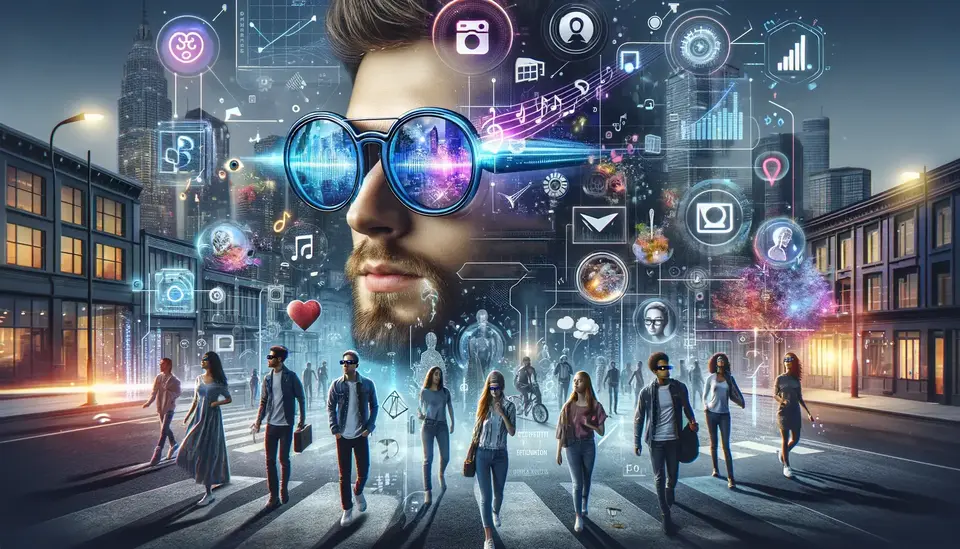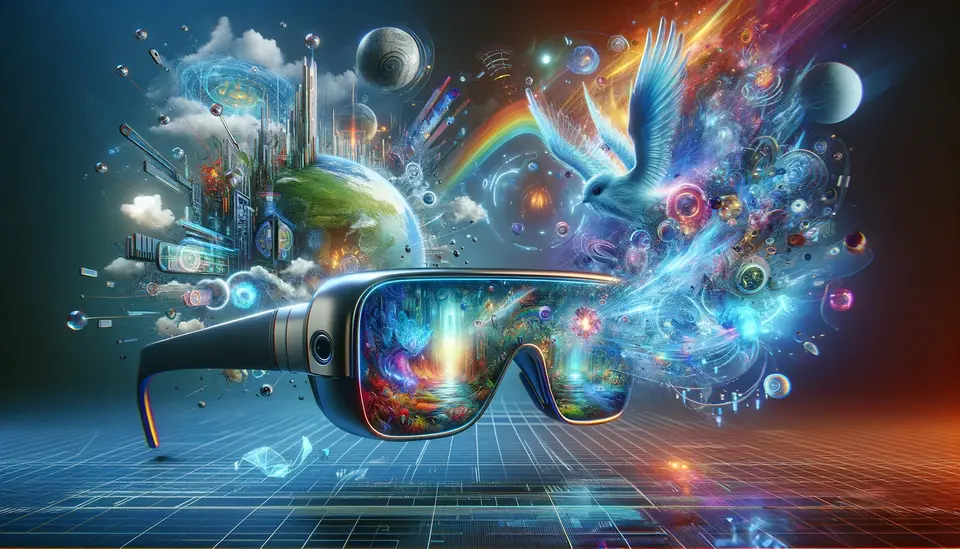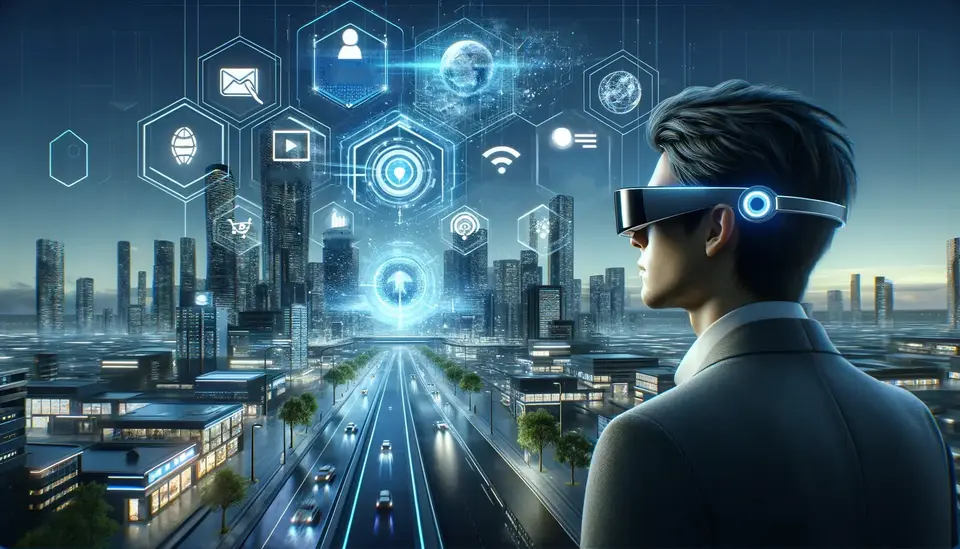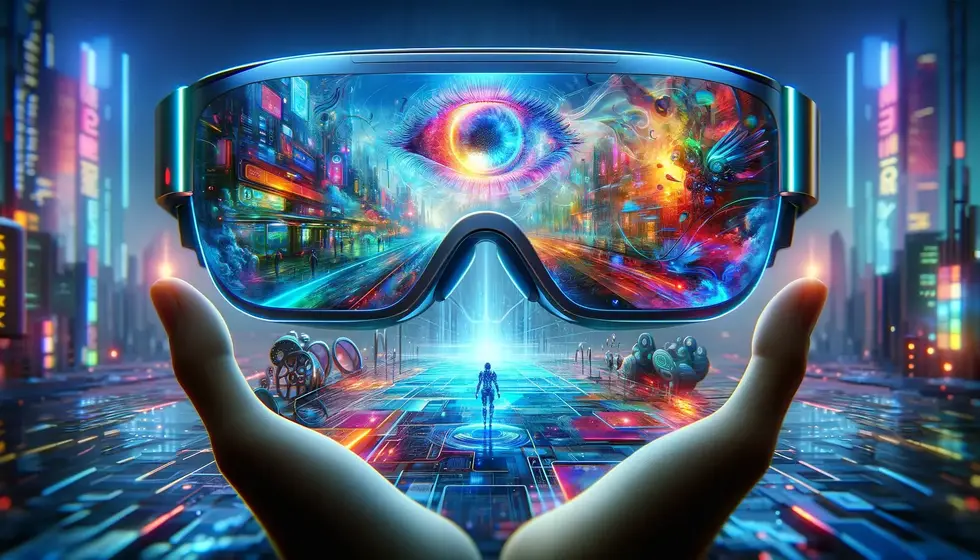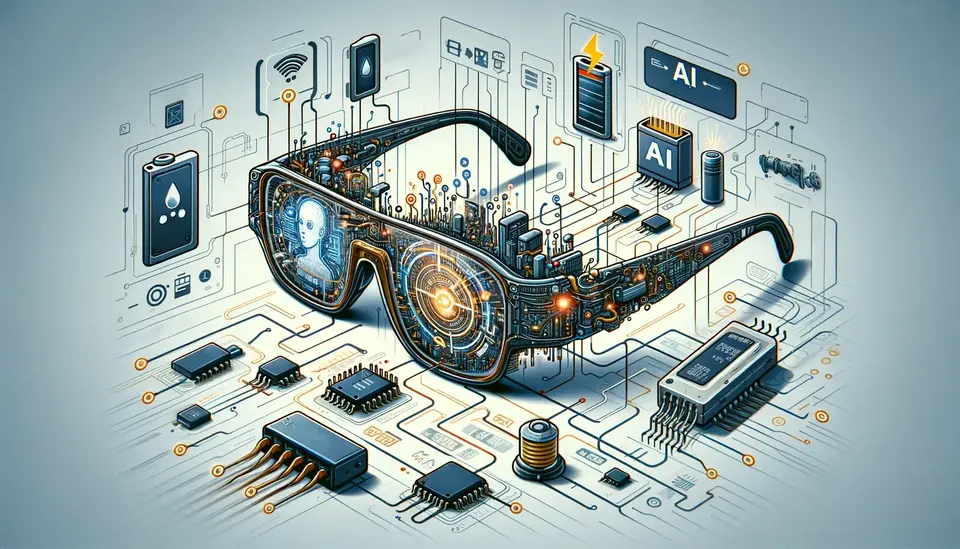15 Examples of the Use of Smart Glasses in Architecture
Posted on April 29, 2023 4 minutes 784 words
Table of contents
- 1. Real-Time 3D Modeling: Trimble Connect for HoloLens
- 2. Site Analysis: DAQRI Smart Glasses
- 3. Collaboration and Remote Consultation: Magic Leap One
- 4. Construction Monitoring: Vuzix M400 Smart Glasses
- 5. Contextual Design: Google Glass Enterprise Edition
- 6. Virtual Reality Walkthroughs: Oculus Quest
- 7. Historic Preservation: Fologram for HoloLens
- 8. Energy Analysis: SmartEyeglass by Sony
- 9. Material Selection: Atheer AiR Enterprise
- 10. Accessibility Assessments: eSight Eyewear
- 11. Building Information Modeling (BIM): Autodesk Revit Live for HoloLens
- 12. Urban Planning: Microsoft HoloLens 2
- 13. Facility Management: RealWear HMT-1
- 14. Public Engagement: Nreal Light Mixed Reality Glasses
- 15. Education and Training: VIVE Focus 3
- Conclusion
Smart glasses are revolutionizing the world of architecture by offering unprecedented visualization, collaboration, and efficiency. In this blog post, we’ll delve into 15 real-world examples of how smart glasses are being utilized in architecture, showcasing the exciting potential for this technology.
1. Real-Time 3D Modeling: Trimble Connect for HoloLens
Trimble Connect is an application that uses Microsoft’s HoloLens to allow architects to visualize and manipulate 3D models in real-time. By overlaying holographic images on physical spaces, architects can explore complex designs and make adjustments as needed, streamlining the design process.
2. Site Analysis: DAQRI Smart Glasses
DAQRI Smart Glasses are capable of gathering real-time data about the surrounding environment. By analyzing factors such as solar orientation, wind patterns, and topography, architects can develop designs that are sensitive to their site’s unique conditions.
3. Collaboration and Remote Consultation: Magic Leap One
The Magic Leap One is an AR headset that facilitates collaboration among architects, engineers, and other stakeholders. By sharing holographic models, remote team members can provide feedback and suggestions in real-time, speeding up the decision-making process.
4. Construction Monitoring: Vuzix M400 Smart Glasses
Vuzix M400 Smart Glasses allow architects to monitor construction progress and detect potential issues on-site. Integrated cameras and sensors provide real-time updates, enabling architects to address problems quickly and maintain communication with contractors.
5. Contextual Design: Google Glass Enterprise Edition
The Google Glass Enterprise Edition can overlay contextual information onto the architect’s field of vision. This information can include data about neighboring structures, transportation networks, and environmental factors, helping architects create designs that respond to their specific context.
6. Virtual Reality Walkthroughs: Oculus Quest
The Oculus Quest, a standalone VR headset, enables architects to create virtual walkthroughs for clients. By immersing clients in a realistic virtual environment, they can experience their future space before construction even begins, enhancing communication and understanding.
7. Historic Preservation: Fologram for HoloLens
Fologram, an AR application for HoloLens, can overlay historical data onto existing structures. By studying the evolution of a site, architects can develop preservation strategies that respect and enhance the site’s heritage.
8. Energy Analysis: SmartEyeglass by Sony
Sony’s SmartEyeglass can visualize energy performance data in real-time. By analyzing factors such as solar gain, insulation, and energy consumption, architects can optimize their designs for sustainability and energy efficiency.
9. Material Selection: Atheer AiR Enterprise
Atheer AiR Enterprise is an AR platform that enables architects to view and compare materials directly in their field of vision. This simplifies the material selection process and helps architects make informed decisions about aesthetics, performance, and sustainability.
10. Accessibility Assessments: eSight Eyewear
eSight Eyewear uses high-definition cameras and video processing software to enhance the wearer’s vision. Architects can use this technology to assess the accessibility of a space in real-time, ensuring that their designs cater to users with varying needs and abilities.
11. Building Information Modeling (BIM): Autodesk Revit Live for HoloLens
Autodesk Revit Live is a BIM software that integrates with Microsoft’s HoloLens, allowing architects to access and update project data on the go. By eliminating the need to switch between devices, architects can work more efficiently and collaborate more effectively with their teams.
12. Urban Planning: Microsoft HoloLens 2
City planners can use the HoloLens 2 to visualize zoning, infrastructure, and transportation networks. By overlaying these virtual elements onto the physical environment, planners can streamline urban development processes and make more informed decisions.
13. Facility Management: RealWear HMT-1
The RealWear HMT-1 is a hands-free, voice-activated wearable device that allows facility managers to access building data, track maintenance issues, and plan future improvements. By providing instant access to information, the HMT-1 streamlines the facility management process and reduces response times for maintenance requests.
14. Public Engagement: Nreal Light Mixed Reality Glasses
Nreal Light Mixed Reality Glasses can be used to engage the public in the design process. By visualizing proposed developments in an augmented reality environment, community members can provide feedback and contribute to the design process, resulting in more inclusive and contextually sensitive projects.
15. Education and Training: VIVE Focus 3
The VIVE Focus 3, a standalone VR headset, can serve as an innovative teaching tool for architecture students. By allowing students to explore virtual models, analyze complex spatial relationships, and experiment with design solutions, the VIVE Focus 3 accelerates the learning process and prepares future architects for an increasingly digital profession.
Conclusion
As technology continues to advance, the use of smart glasses in architecture is set to become increasingly prevalent. The 15 real-world examples outlined in this blog post demonstrate the exciting potential for smart glasses to revolutionize design, visualization, and collaboration in the field, ultimately making architecture more efficient, sustainable, and engaging for all.

